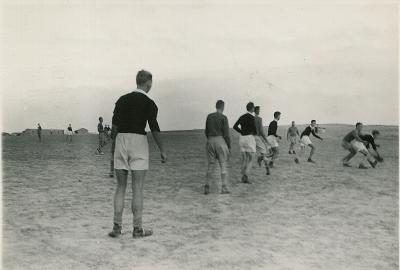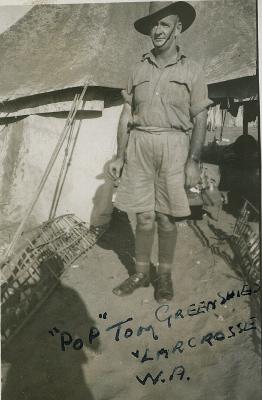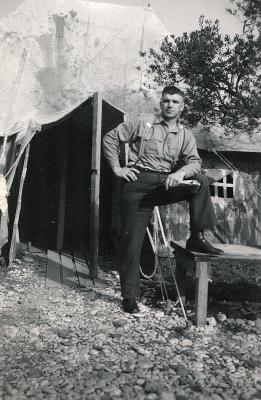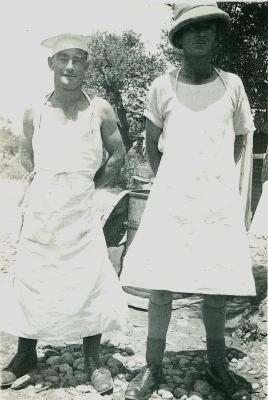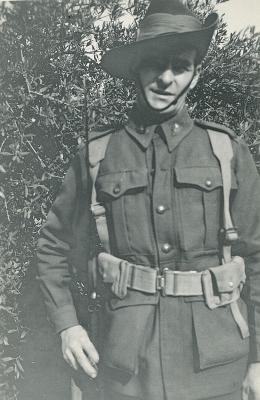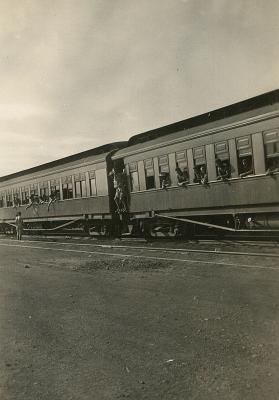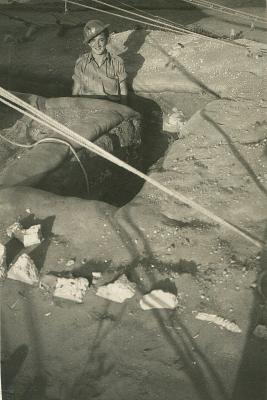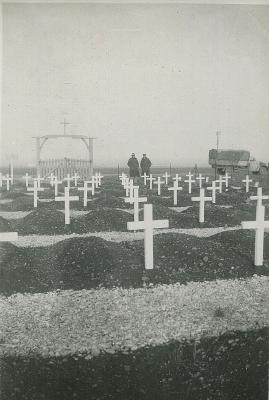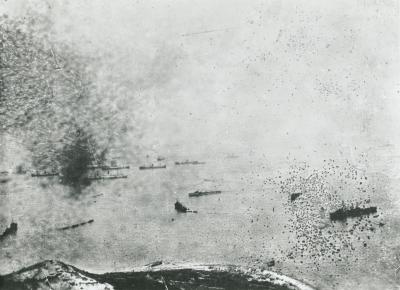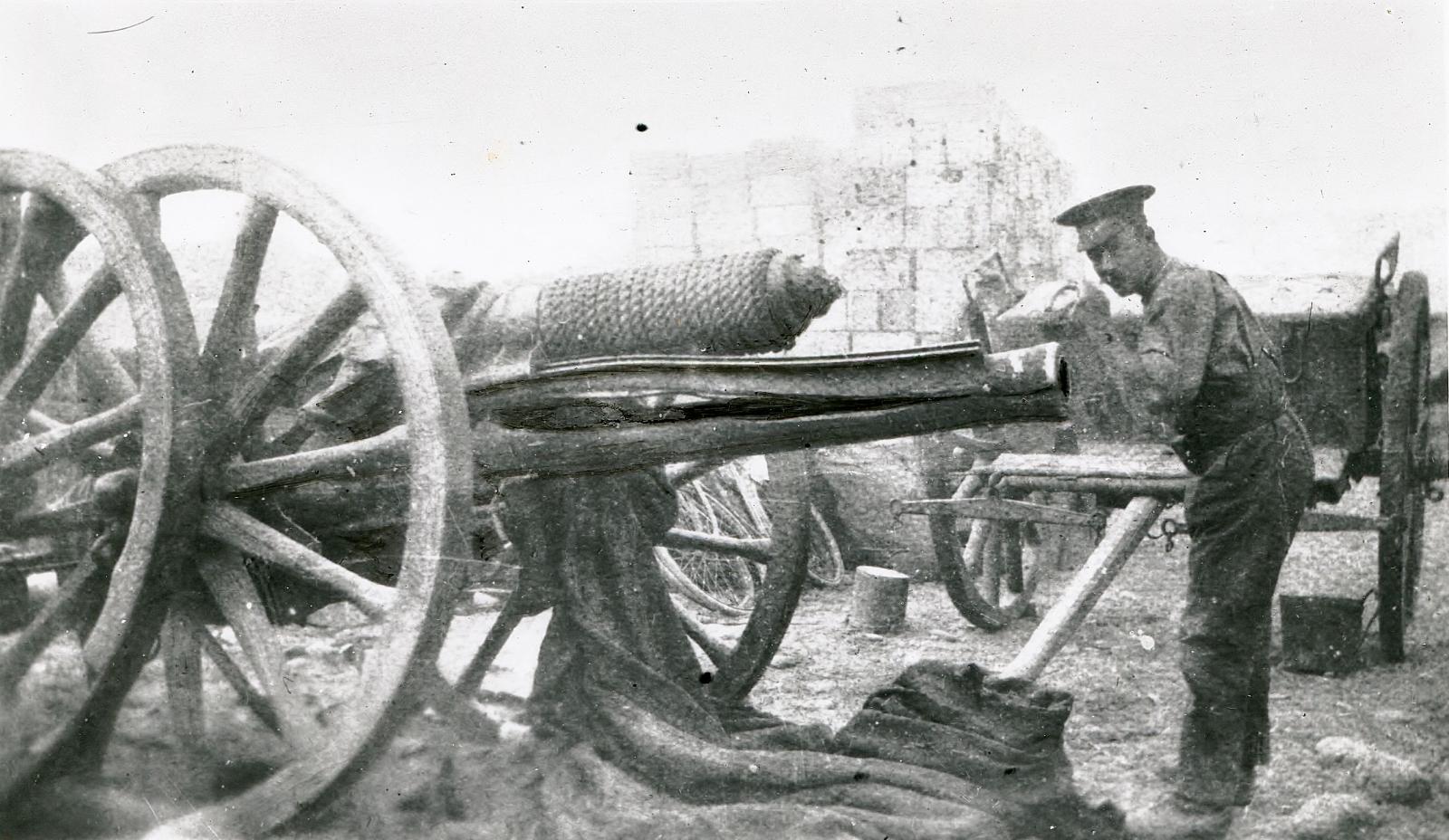Europe, Turkey, Gallipoli, 3 Australian Field Artillery Brigade, 8 Battery, 1915
1915Gunner with 'C' Gun of 8 Australian Field Artillery Battery, left behind after evacuation
On Federation, military units within Western Australia were grouped together under the command of Lieutenant Colonel Hobbs and became known as the West Australian Mixed Brigade. When compulsory military training was introduced in 1911, field artillery within Western Australia was designated as 14th Battery Australian Field Artillery. By 1914 compulsory military training had seen the unit expand into two batteries known as 37th and 38th Batteries Australian Field Artillery. Upon the outbreak of the First World War volunteers, consisting mainly of those from within the existing artillery militia units, were grouped together to form Western Australia’s contribution to the 1st Australian Divisional Artillery.
Designated 8th Battery 3rd Field Artillery Brigade the unit was hastily equipped with quick firing 18 pounders and readied for overseas embarkation. The Battery, under the command of Major Bessell-Brown, was among the first to see action at Gallipoli. Four of its guns landed on the second day of the landings only to have them returned to the ships later in the day due to the unsuitability of the terrain and the lack of available gun positions. On the night of 1 May 1915, 160 men hauled two of the Battery’s guns into position from which they could provide some support for the infantry. After two days and twenty-two casualties the Divisional Commander, General Bridges, ordered the guns forward into the infantry firing line. From there they successfully fired directly into Turkish trenches at a range of 400m before being withdrawn. On 6 May 1915 this exercise was again attempted only to come under fierce retaliatory fire. This resulted in Major Bessell-Brown and Sergeants Braidwood and Wallis being recommended for decorations by Colonel Hobbs.
With news of the forthcoming withdrawal, the Battery’s guns were gradually withdrawn until on 19 December 1915 only one remained. This last remaining gun, under the direction of Major Waite, fired the final round of the campaign before being destroyed by the crew and abandoned. With the Gallipoli campaign behind them the Battery was reorganised and sent to France. Along with the 14th Field Battery, another West Australian Battery, it went on to take part in significant actions on the Western Front where the terrain and nature of the warfare was more suited to artillery.
Details
Details
Australian Army Museum of Western Australia
Australian Army Museum of Western Australia
Other items from Australian Army Museum of Western Australia
- World War 2, Middle East, 1942
- World War 2, Middle East, 1942
- World War 2, Australia Western Australia, 1940
- World War 2, Australia Western Australia, TURNER, 1940
- World War 2, Middle East, 1941
- World War 2, Australia Western Australia, HARBORD, 1940
- World War 2, Australia Western Australia, 1941
- World War 2, Australia Western Australia, 1940
- World War 2, Middle East, 1942
- World War 2, Middle East , 1942
- Europe, Turkiye, Gallipoli, Azac Cove, Naval Support, BRANSHAW, 11 Battalion, 1915
- World War 2, Middle East, 1941

